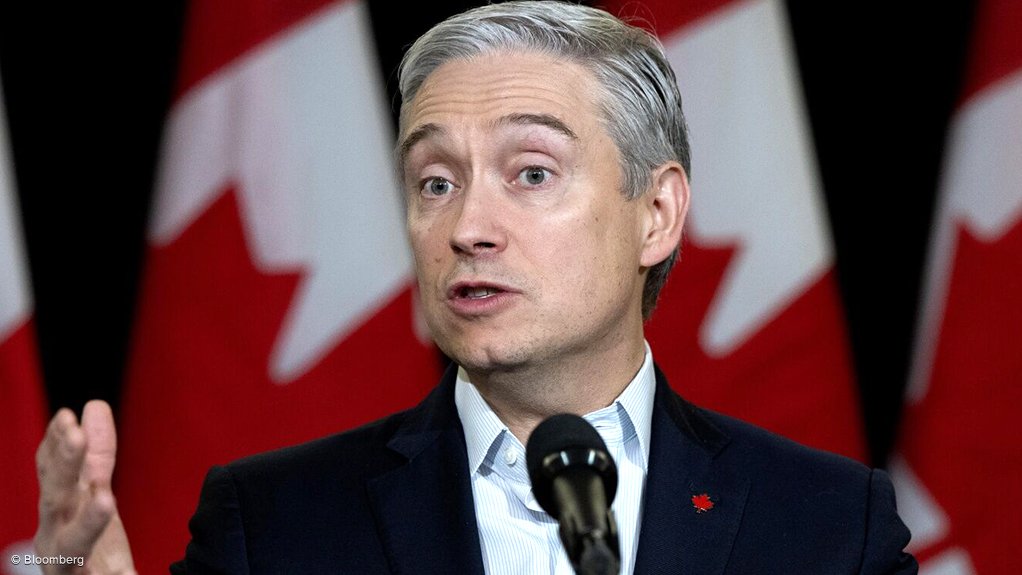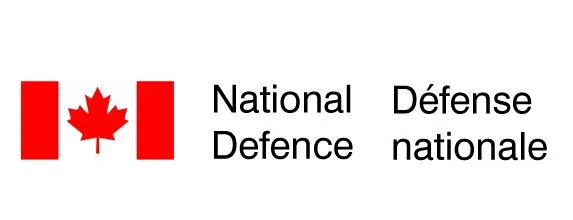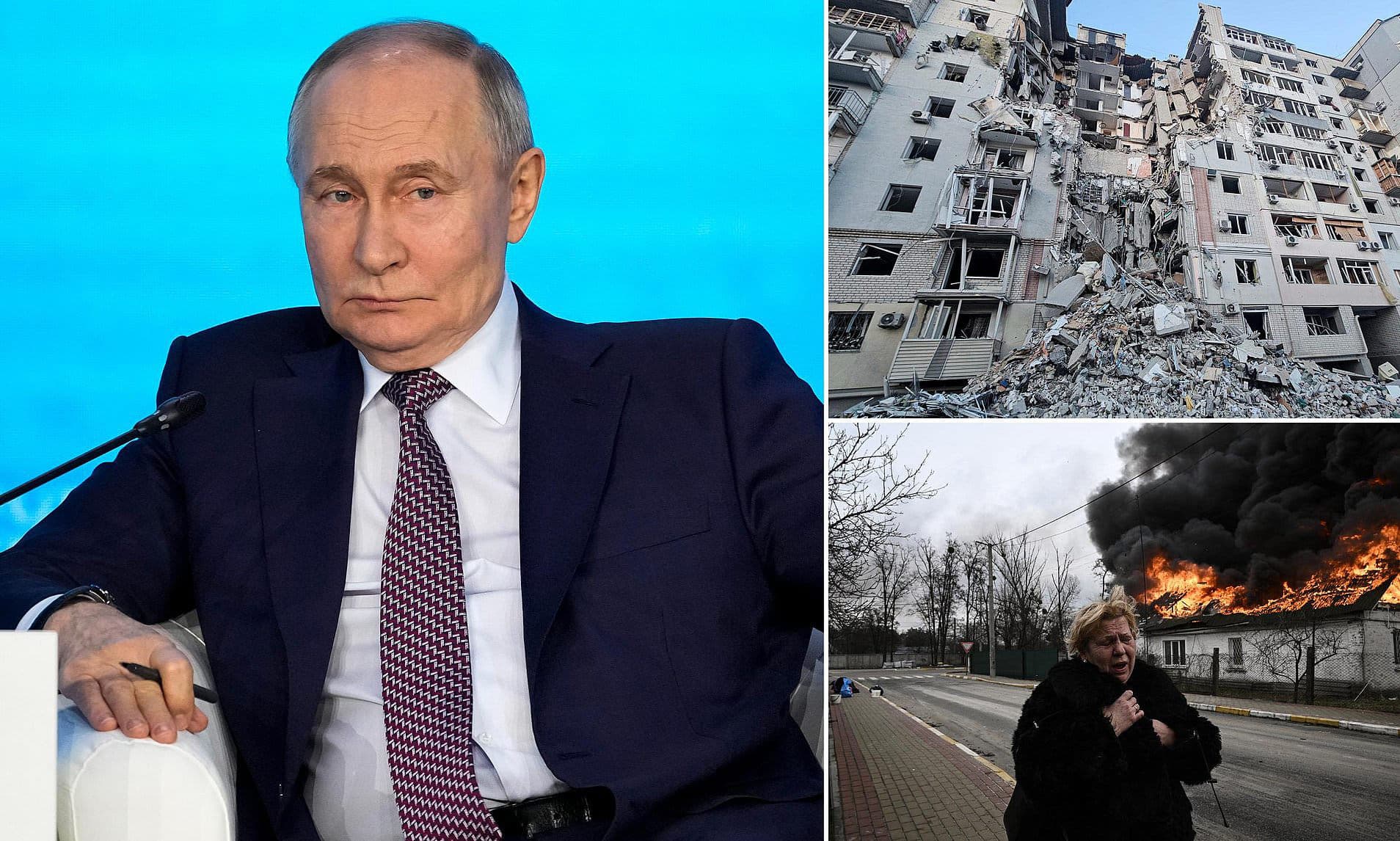OTTAWA — In an alarming twist of fiscal policy, Prime Minister Mark Carney is prioritizing a staggering $9.3 billion increase in defence spending while simultaneously targeting public service cuts that could cripple essential programs. This move raises urgent questions about the Canadian government"s commitment to social equity and adequate public services at a time when vulnerable communities are already struggling.
Defence Budget Soars Amidst Cuts
As reported by CBC, Finance Minister François-Philippe Champagne has mandated a 7.5 percent budget cut across federal departments, escalating to 10 percent in the following year, and 15 percent by 2028. Yet, shockingly, the Department of National Defence is only required to find a mere two percent reduction over three years. This discrepancy not only reveals a prioritization of military funding over social services but also highlights a troubling trend of militarization at the expense of public welfare.
Social Services at Risk
The implications of these budget cuts are dire. The Public Service Alliance of Canada has already sounded the alarm about potential job losses and a significant reduction in services. According to a recent statement, the proposed cuts could lead to shuttered programs and extended wait times for essential services like passports. This is particularly concerning for marginalized populations who rely heavily on these services for their day-to-day survival.
Prioritizing Military Over People
Carney"s administration is clearly choosing to align with NATO"s push for military expenditure, which is set to rise to five percent of GDP by 2035. This escalation in military funding raises ethical questions about the allocation of public resources. Should the government be investing in defence while social services that aid the most vulnerable are at risk? This approach is reminiscent of an era when military might was valued more than human dignity.
\n\n
Carney puts ex-Goldman banker, Quebec loyalist in key jobs
Critics Call for Accountability
Critics are voicing concerns that the government is not only mismanaging its priorities but is also neglecting the very communities it is supposed to serve. The parliamentary budget officer has warned that the federal budget deficit could exceed projections due to this drastic spending approach. With no clear outline for cuts or transparency in decision-making, the public is left in the dark about how these changes will affect their lives.
Union Response to Cuts
The union representing public service workers is bracing for the fallout from these cuts. They are prepared to work with the government to identify savings, but the current proposals are fraught with danger. Public services are not mere budget lines; they are lifelines for Canadians, especially those in marginalized communities. The government"s approach risks dismantling these essential services, putting lives at stake.
\n\n
RELEASE: New VCDS takes command | Quinte News
Streamlining Bureaucracy or Hiding the Truth?
In a bid to justify these cuts, Treasury Board President Shafqat Ali announced a review aimed at cutting red tape in the public service. However, this initiative raises questions about whether the government is genuinely interested in efficiency or simply looking for ways to mask the impact of its budget cuts. The call for streamlined operations within the federal bureaucracy could end up complicating processes even further, leading to confusion and inefficiency.
As the government gears up for its 2025 budget presentation, the stakes are higher than ever. With Mark Carney’s administration promising to balance the operating budget, the question remains: who will bear the brunt of these cuts? Will it be the most vulnerable among us, or will the government finally recognize that cutting social services while increasing military spending is a recipe for disaster?







